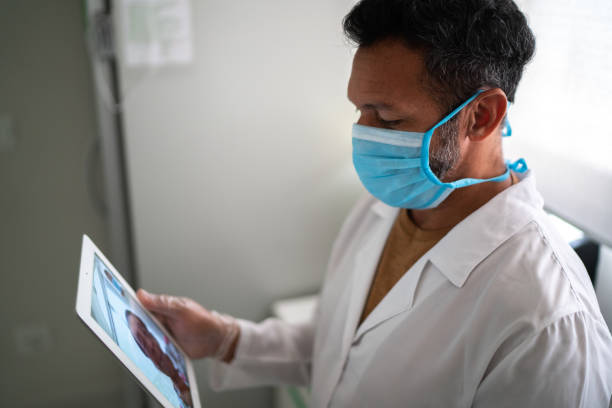Patient Monitoring Solutions for Critical Care Environments
In the fast-paced world of critical care, every second counts. Patient monitoring solutions play a pivotal role in ensuring timely interventions and optimizing patient outcomes. In this article, we delve into the significance of patient monitoring solutions in critical care environments, exploring their functionalities and the impact they have on healthcare delivery.

Understanding Patient Monitoring Solutions
Patient monitoring solutions encompass a range of technologies designed to track and record vital signs and physiological parameters in real-time. These solutions utilize advanced sensors, monitors, and software algorithms to continuously monitor patients' health status, providing healthcare providers with valuable insights into their condition. From monitoring heart rate and blood pressure to assessing oxygen saturation levels and respiratory rate, patient monitoring solutions offer comprehensive data to aid in clinical decision-making.
Importance of Patient Monitoring in Critical Care
In critical care settings, where patients require intensive medical attention and monitoring, patient monitoring solutions play a crucial role in early detection of deteriorating conditions. By continuously monitoring vital signs and trends, healthcare providers can identify potential complications promptly and intervene before they escalate into life-threatening situations. This proactive approach not only improves patient outcomes but also reduces the likelihood of adverse events, such as cardiac arrests or respiratory failures.
Features and Functionalities of Patient Monitoring Solutions
Modern patient monitoring solutions are equipped with a myriad of features and functionalities tailored to meet the diverse needs of critical care environments. These may include:
Multi-Parameter Monitoring: Integrated monitoring systems capable of simultaneously tracking multiple vital signs and physiological parameters, providing a comprehensive overview of the patient's health status.
Alarm Systems: Customizable alarm systems that alert healthcare providers to deviations from preset thresholds, enabling prompt intervention in case of emergencies or abnormal readings.
Data Integration: Seamless integration with electronic health records (EHR) and other hospital systems, facilitating real-time data sharing and streamlined documentation of patient information.
Remote Monitoring: Remote monitoring capabilities that allow healthcare providers to access patient data from anywhere, enabling timely interventions and consultations, even outside the hospital setting.
Benefits of Patient Monitoring Solutions in Critical Care
Early Detection of Complications: Patient monitoring solutions enable early detection of changes in vital signs and physiological parameters, allowing healthcare providers to intervene promptly and prevent further deterioration.
Improved Patient Safety: By continuously monitoring patients' health status, these solutions help identify and mitigate potential risks, such as medication errors, adverse reactions, or infections, thereby enhancing patient safety.
Optimized Resource Utilization: With real-time data insights, healthcare providers can allocate resources more efficiently, prioritizing care for patients who require immediate attention and optimizing workflow processes.
Enhanced Clinical Decision-Making: Access to comprehensive patient data empowers healthcare providers to make informed clinical decisions, leading to more effective treatment strategies and improved patient outcomes.
Future Directions and Innovations
The field of patient monitoring solutions is continuously evolving, with ongoing advancements in technology and innovation. Future developments may include the integration of artificial intelligence and machine learning algorithms to enable predictive analytics and personalized patient care. Additionally, the adoption of wearable devices and remote monitoring technologies is expected to expand, allowing for continuous monitoring of patients beyond the confines of the hospital walls.
Conclusion:
Patient monitoring solutions are indispensable tools in critical care environments, providing healthcare providers with real-time data insights to deliver timely interventions and optimize patient outcomes. As technology continues to advance, the integration of patient monitoring solutions with innovative technologies holds promise in revolutionizing critical care delivery. By embracing these advancements and prioritizing patient-centric approaches, healthcare providers can usher in a new era of personalized and proactive critical care, ultimately saving lives and improving the quality of patient care.



Comments
Post a Comment